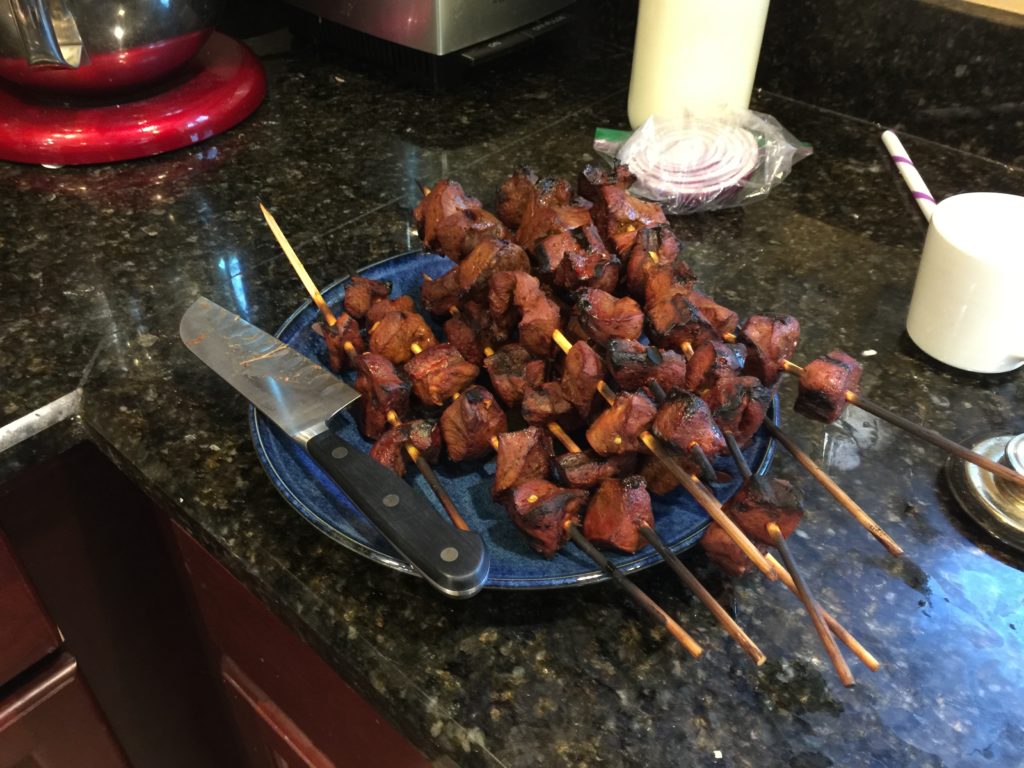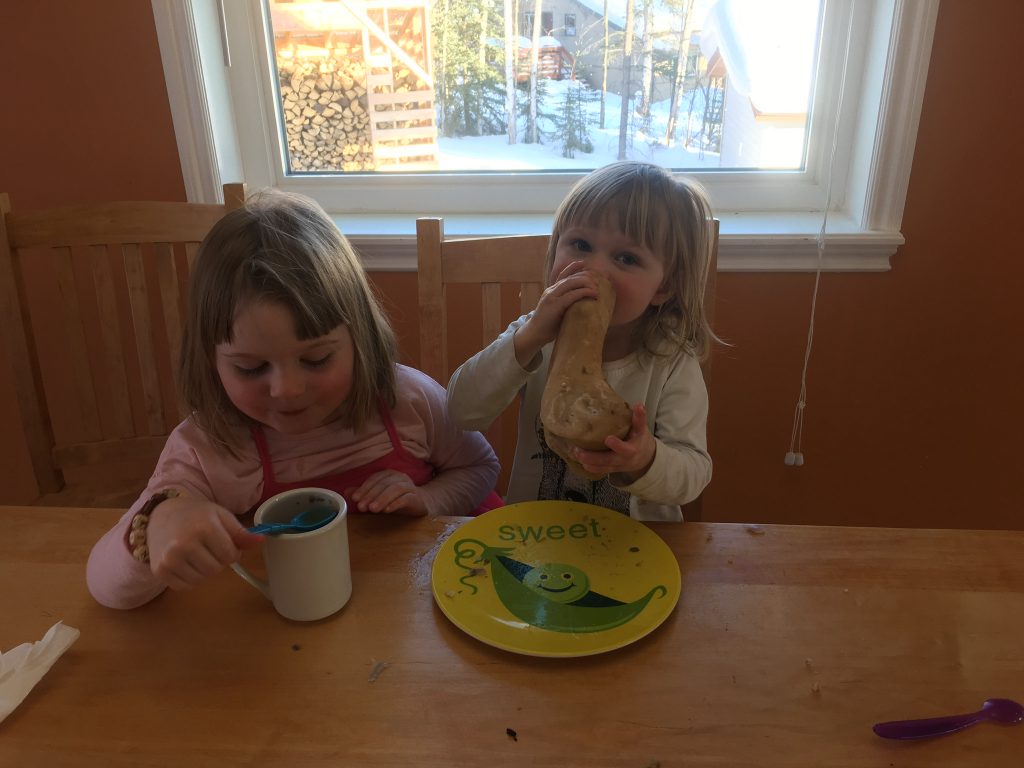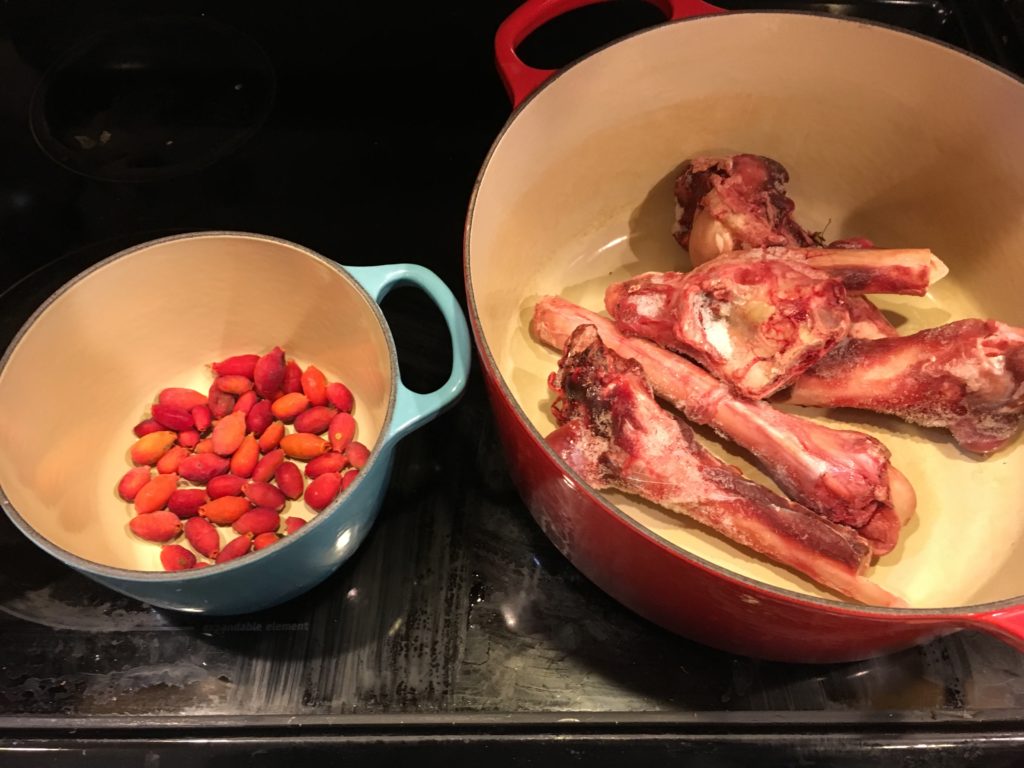If you care about the environment and mitigating climate change, reducing your food waste could help put a dent in 8% of greenhouse gas emissions that are from producing food that is lost or wasted, according to the World Resources Institute.
If you care about your pocketbook, cutting your food waste could save you up to $1,500 per year, the average cost of the food that American households throw out every year. According to a recent report from the institute, Reducing Food Loss and Waste, North America and Oceania (Australia and Pacific Islands) waste more food at home or in restaurants than any other region in the world.
More research and studies are needed to better quantify food loss and how to address it, but it’s an important issue that warrants our attention and action. Here are some strategies you can use to reduce your own food waste.
I’ve noted this before, but growing a garden is a worthwhile way to combat food waste. It saves you trips to the grocery store, and because you can harvest when you’re ready to eat it, it gives you quite a bit more flexibility than when you go to the grocery store and have to plan for an entire week. This, of course, is only a useful tool for part of the year in Alaska, but that part is getting longer and longer as our season grows.
Change your attitude about what is good to eat. We’re conditioned to choose the best looking, unbruised produce at the store, which unfortunately results in a lot of almost perfectly good produce going to waste. Another nuance to be aware of is knowing the difference between “use by”, an indication of food safety, or “best before”, an indication of quality. On a backpacking trip this summer, I chuckled when I saw that one of my decade-old freeze-dried meals indicated that it was good until 2058. I doubt it would have been a high-quality meal in 30 years, but it was apparently still safe to eat.

Moose heart kababs
Salvage all of the meat and any other parts of an animal you can. I didn’t grow up eating organ meats and my mom cringes when I tell her about some of my concoctions, but when my husband shot a moose, I made moose heart satay kebabs and it tasted like chicken (or better). It was also an extra 10ish pounds of good meat. My kids loved it as well.
I’ve also become a bone broth convert in recent years and regularly use chicken bones, moose bones, caribou bones and really any bones to make broth. It’s hard to go back to bouillon after you’ve tasted real, homemade broth. My oldest daughter has a special fondness for moose bone marrow. After tasting it, she claimed, “Mom, it’s better than chocolate!’

My daughters sucking marrow out of moose bones
I had the honor of attending a potlatch recently where moose head stew was prepared. Moose head stew makes good use of the moose nose, chin, tongue, and all the edible bits and pieces of the head. We have a lot to learn from Alaska Natives and other indigenous cultures about reducing food waste.

Once the seeds are removed, rosehips make a healthful syrup chockful of syrup. Caribou bones make a nutrient rich bone broth.
Make fresh juice with fruit, vegetable, herb stems, rinds or skins, or make stock or broth with them. Carrot tops, beet stems or greens, kale stems, and otherwise inedible portions of fruits and vegetables can be a fantastic addition to fresh juice. Beet, turnip and carrot greens are also excellent greens sautéd or steamed. Onion skins, garlic skins, carrot tops and herbs make an excellent addition to broth and can be strained out when you strain the broth. You can freeze these parts and wait until you have enough to warrant a pot of broth or soup.
Buy food in smaller quantities, as you need it, rather than stocking up on it or buying larger quantities. Keep a grocery list and buy only what you need. This is especially true for highly perishable foods such as fruits and vegetables, but also applies to nonperishables.
Challenge yourself to use up what’s in your pantry. Fresher food is always going to be higher quality so when we keep an overly stuffed pantry and let food languish. Over time we forget about things and the quality goes down.
Preserve surplus food. With a short season for growing, gathering, hunting and fishing for food, Alaskans are often left with a glut of food. Some of my favorite food preservation methods include fermenting, freezing, and making jam or syrup. Fermenting is great because it actually can improve the nutrient availability of foods, is uniquely tasty and can be done in small batches. Freezing is usually the easiest method of food preservation. However, I find blanching veggies and then dunking them in ice water a little cumbersome and the results less than spectacular, i.e. squishy texture. Another method of food preservation I like is making jam or syrup. Although you can boil your jars in a hot water bath so that they’ll keep for a couple of years, you don’t have to do that! If you have a couple of pieces of fruit or berries that would otherwise go bad, simply make a small batch of jam and either put it in your fridge or freezer.
Share extra food with friends, family, neighbors, or your local food bank. People in need will benefit from healthy, nutritious food, and your friends and neighbors will thank you.
Feed food scraps to animals or compost what you can.
There are a variety of cookbooks popping up that address the issue of food waste. Waste Not: How to Get the Most from Your Food, compiled by the James Beard Foundation, has some interesting and sometimes quirky ideas for how to use scraps that you might otherwise throw out.
The Alaska Food Policy Council is also working on this issue.
Incidentally, the University of Alaska Fairbanks Cooperative Extension Service can help you in all aspects of your quest to reduce your food waste. Whether it’s preserving food, or growing a garden, or cooking on a budget, the Cooperative Extension Service has classes, reliable information and instructions to teach you how.
Previously published in the Fairbanks Daily Newsminer September 29. 2019.